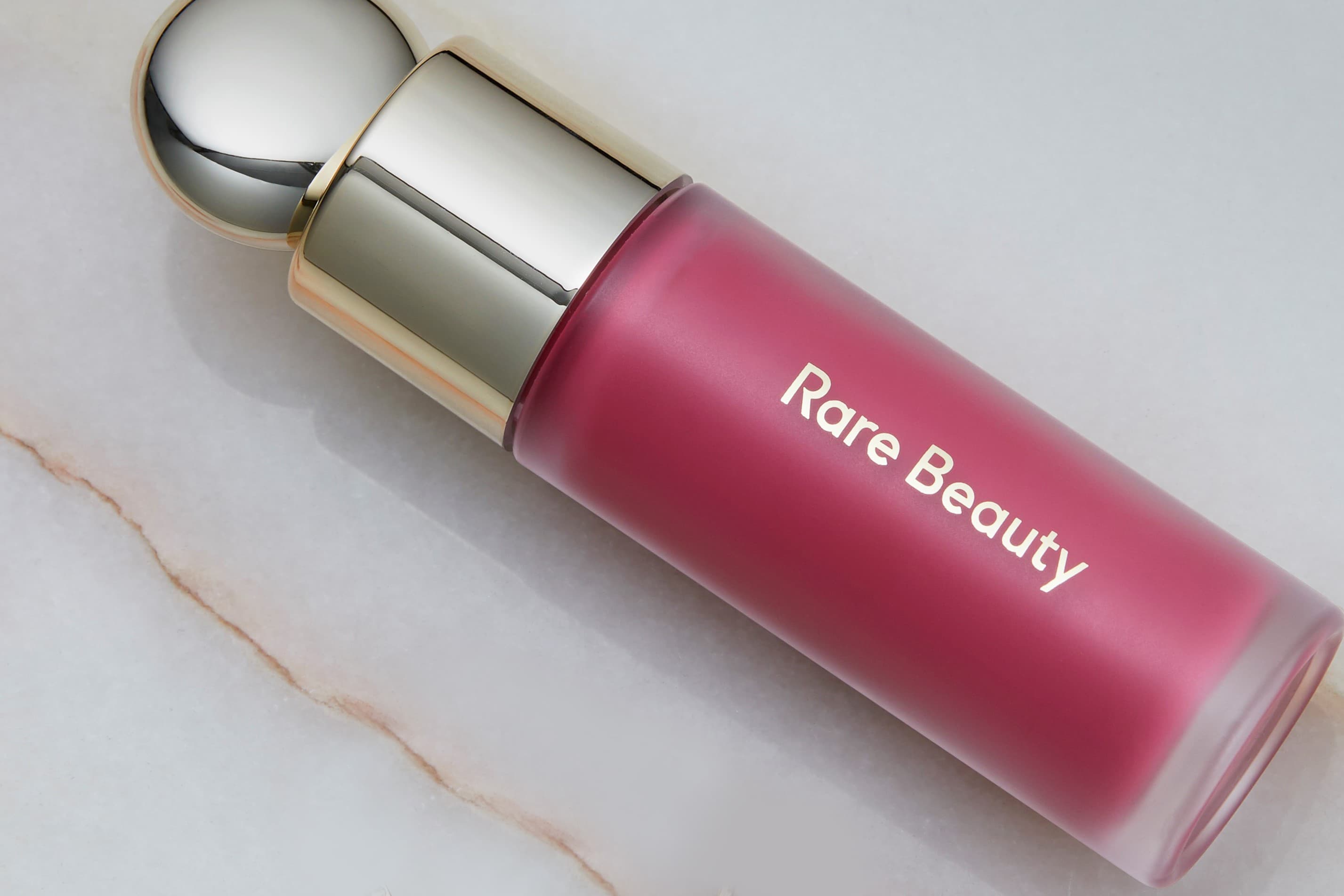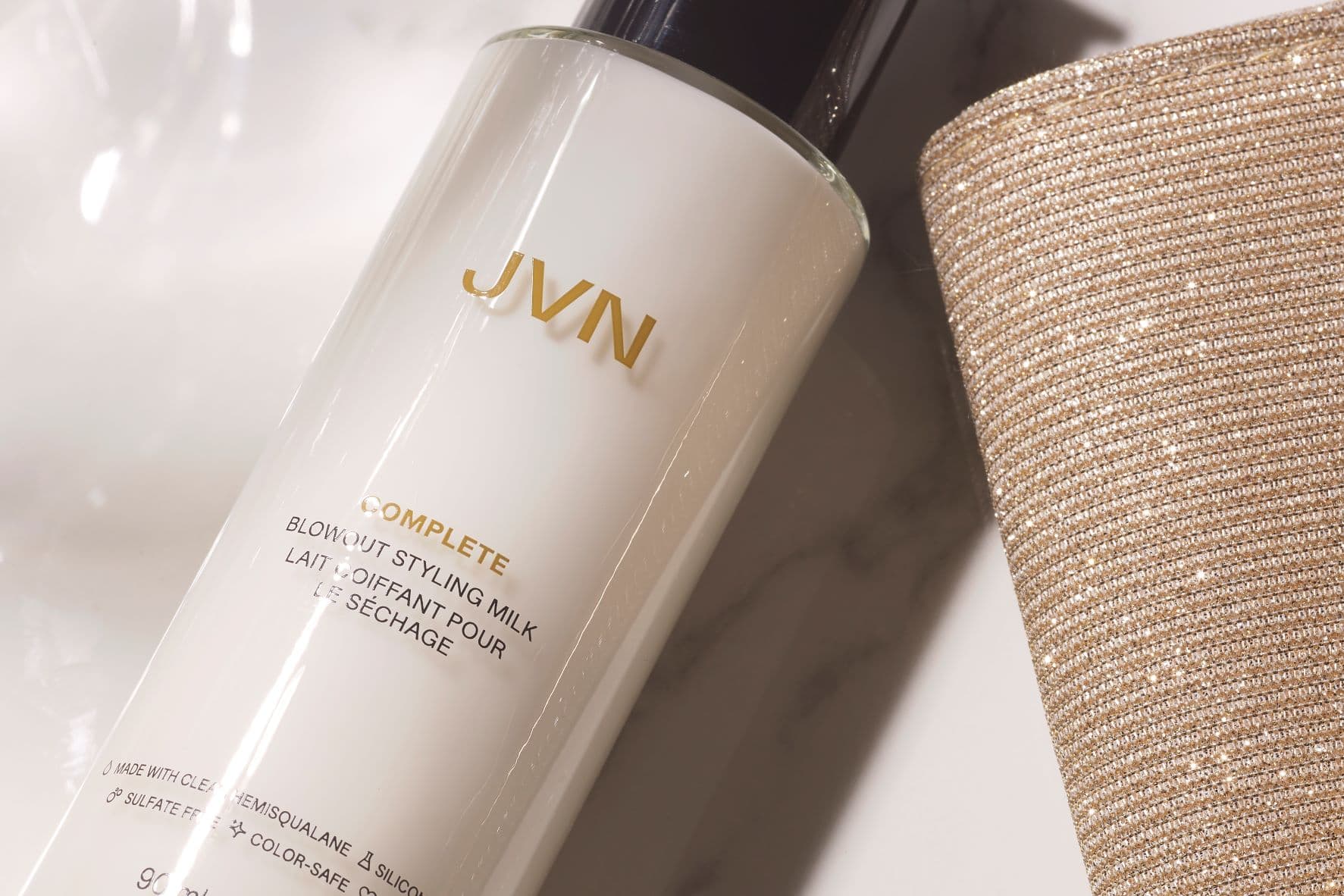The Difference Between AHAs and BHAs Explained

Apprehensive about resembling the post-chemical peel visage of Sex and the City’s Samantha Jones? Don’t be. When used correctly, you’ll see substantial changes in your skin’s texture and tone in as little as a week, with results improving over time.
There are two types of hydroxy acids to get acquainted with: AHAs and BHAs. Both types are brilliant but work in different ways. AHAs work on the surface of the skin, gently dissolving the bonds between dead skin cells so that they can be easily removed, making way for a softer and smoother complexion while a BHA is able to cut through oil to flush out dirt and sebum from pores.
What are AHAs?
AHAs (alpha hydroxy acids) are hydrophilic, “hydro” meaning water, and “philic” meaning loving. Essentially, they interact with water molecules in the upper layers of the skin, which triggers a keratolytic (exfoliating) effect.
The contact between water and AHA dissolves the glue-like bonds that hold dead cells to the surface of your skin. Imagine your skin as a brick wall; by loosening the cement in between the bricks (your skin cells), it allows them to effortlessly fall away, revealing healthier, newer and radiant looking skin underneath. These new skin cells are able to reflect light, rather than absorb it.
There are five types of AHAs that skincare pros recommend, and each one has a slightly different benefit. Wondering if glycolic acid an AHA? You’d be right. It’s one of the most famous because it has a very small molecules that can penetrate the skin at a deeper level and yield faster results.
Lactic acid on the other hand, has bigger molecules compared to glycolic, so it doesn’t penetrate as deeply to trigger that peeling action. For this reason, lactic acid is a better choice if you have sensitive skin.
Ultimately, all types of AHAs will help banish dull skin with ease, so it really depends on the other skincare issues you're trying to tackle. As for how old you need to be use AHAs? Those with young skin are more likely to need a BHA or azelaic acid to help with congestion or acne scarring. AHAs are recommended for older skin types.
What are the most popular types of AHAs?
These are five types of AHAs you need to know about:
Glycolic acid: Made from sugarcane, studies show that glycolic acid helps to initiate collagen synthesis and boost hyaluronic acid in the lower skin layers, plumping fine lines and wrinkles. It’s the strongest of all the AHAs thanks to its small molecules than can penetrate skin quickly, meaning irritation is more of a risk factor. However, this is where percentages come in – the smaller percentage, the lower the strength.
Lactic acid: Cleopatra's famed milk baths were ahead of their time, harnessing lactic acid from sour milk for skincare. This AHA, now synthetically produced, offers a gentler exfoliation due to larger molecules, making it ideal for sensitive skin because it works at a slower pace. At 5%, it doubles as a humectant, attracting moisture, making it a winner for dry skin. Many brands combine lactic with glycolic acid and antioxidants in a formula gentle enough for nightly use.
Mandelic acid: Research has shown that mandelic acid matches glycolic's efficacy in treating sun-induced pigmentation, but with milder side effects. Additional studies revealed a 50% reduction in melasma within four weeks. Its larger molecules mitigate irritation by penetrating slowly (even slower than lactic). Despite its gentle nature, it exfoliates effectively, lifting surface pigmentation and unlike other AHAs, it inhibits melanin production in deeper skin layers compensating for its slower action with profound effectiveness.
Malic acid: Mainly derived from grapes, apples, pears and cherries, this is gentle on the AHA and can boost the efficacy of other AHA exfoliants such as glycolic and lactic acids.
Citric acid: This AHA is known to reverses signs of sun damage while also improving the quality of the dermal matrix. Make sure it’s included in the description as some brands use it as a preservative rather than an active ingredient.
What are BHAs?
Unlike alpha hydroxy acids, a beta hydroxy acid (BHA) is oil-soluble, meaning it can cut through excess oil on the skin’s surface. Known as salicylic acid, it’s obtained from the bark of the white willow and wintergreen leaves.
Famed for being the best acid to tackle blackheads, oily skin and acne, it works by infiltrating the pore lining, which means it can then flush out dirt, dead cells and trapped sebum. It also quickly restores the flow of oil in out of the pore, so that it’s less likely to get clogged with the debris that leads to blackheads, whiteheads and acne.
You’ll only ever find salicylic acid in 2% in skincare formulas as this is the maximum limit for products sold over the counter. However, it appears it various types of products, from cleansers to masks and serums and pimple patches. Paula's Choice Skin Perfecting 2% BHA Liquid Exfoliant, € 13,00 is loved by many for its ability to keep acne in check.
The most popular types of BHA
Unlike AHAs, where there are lots to choose from, salicylic acid is the only type of BHA, making it a lone ranger in the skincare world.
What is the difference between AHAs and BHAs?
If you’re looking to incorporate an acid in your skincare but want to know the difference between AHA and BHA, then the main rule is this; a BHA is oil soluble, so it cuts through oily skin to decongest and declog pores. This makes it a wise choice if you’re looking to tackle blackheads or a breakout. For any other skin issues, AHAs are your best bet.
Skincare expert Caroline Hirons’ has helped to differentiate between the two with her latest formulas. The Skin Rocks The Gentle Acid, € 61,00 is made up of AHAs and PHAs, while Skin Rocks The Control Acid, € 56,00 contains salicylic acid to help rebalance and decongest skin.
If dullness is your beauty bête noir, then reach for glycolic acid as it will dial up your radiance overnight. If you have mature skin, then using it in the long term will also help to fade the look of fine lines and wrinkles.
Those who have dry skin and want to banish dullness should try lactic acid. It acts as a magnet for hydration and takes a little longer to work so is better suited to sensitive skin types. For pigmentation and sun damage, opt for mandelic acid to fade dark spots.
Can you use AHAs and BHAs together?
Yes, you can use AHAs and BHAs together in your skincare routine. Both types of acids offer exfoliation benefits, but they work in different ways. AHAs primarily target the skin's surface, while BHAs penetrate deeper into the pores. Combining them can provide exfoliation and address various skin concerns such as acne, blackheads, and uneven texture.
However, it's essential to introduce them gradually and monitor how your skin responds to avoid irritation or over-exfoliation. Additionally, always remember to use sunscreen during the day, as both AHAs and BHAs can increase skin sensitivity to sunlight.
Want to how to use AHAs and BHAs together? The good news is that there are many products that will team these ingredients together in one product so that you don’t have to play chemist. Try Drunk Elephant T.L.C. Sukari Babyfacial, € 82,00 or the hugely popular The Ordinary AHA 30% + BHA 2% Peeling Solution, € 10,80.
How to use AHAs and BHAs in your skincare routine
Typically, AHAs are best used in the evening so that they work with your skin’s overnight repair process, and because they can increase sun sensitivity. Start by cleansing your face, then apply your AHA product, allowing it to penetrate and exfoliate your skin's surface. Follow with you eye cream and serum and finish with moisturiser. Depending on your skin's tolerance, AHAs can be used 2-3 times per week initially at percentages between 3% and 5%, then adjust as needed. Some products go up to 10%!
On the other hand, BHAs are oil-soluble and work well for oily and/or acne-prone skin. They can be used in the morning or evening either in a cleanser, such as Medik8 Surface Radiance Cleanse, € 27,60, or as a treatment, targeting blackheads and acne. Similarly, follow with serums, moisturiser and SPF if using in the morning. BHAs can also be used 2-3 times per week initially, gradually increasing frequency if tolerated well.
Always remember to your skin's response. Over-exfoliation can lead to irritation and sensitivity, so it's crucial to find the right balance for your skin type. Additionally, incorporating sunscreen into your daytime routine is essential when using exfoliating acids to protect your skin from UV damage.
Key takeaways on the difference between AHAs and BHAs
AHAs gently slough away dead skin cells on the surface and are great for brightening and smoothing. BHAs dive deeper into pores, perfect for banishing pesky acne and blackheads. Both are exfoliating heroes, but they have different specialties in skincare.
Read More
• The Best Vitamin C Serums and Creams• How does Niacinamide Skincare Work? • Our Beginner's Guide to Retinol
• Can you use vitamin C with retinol?




